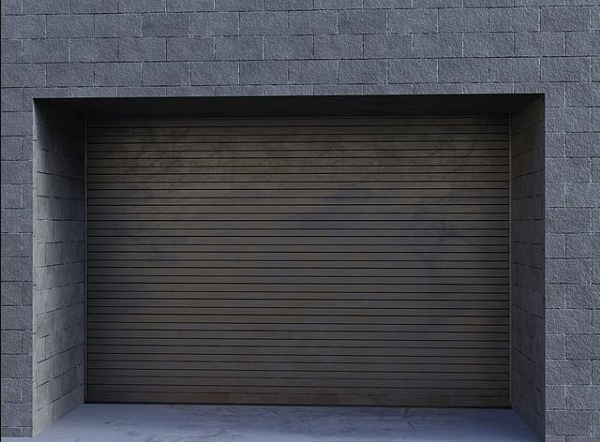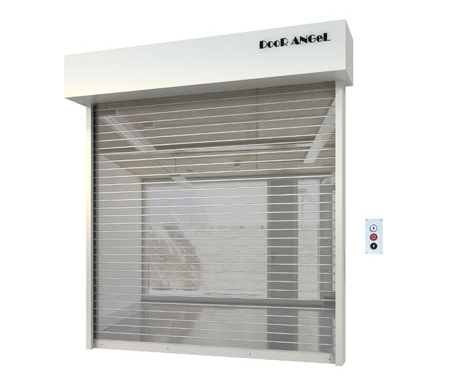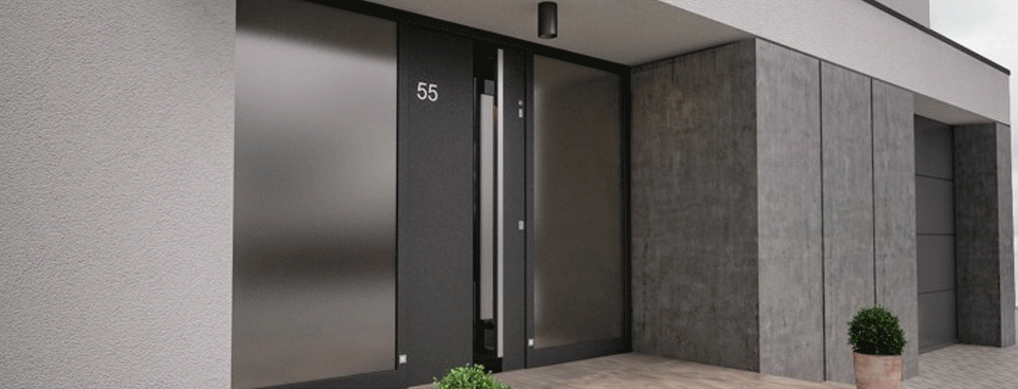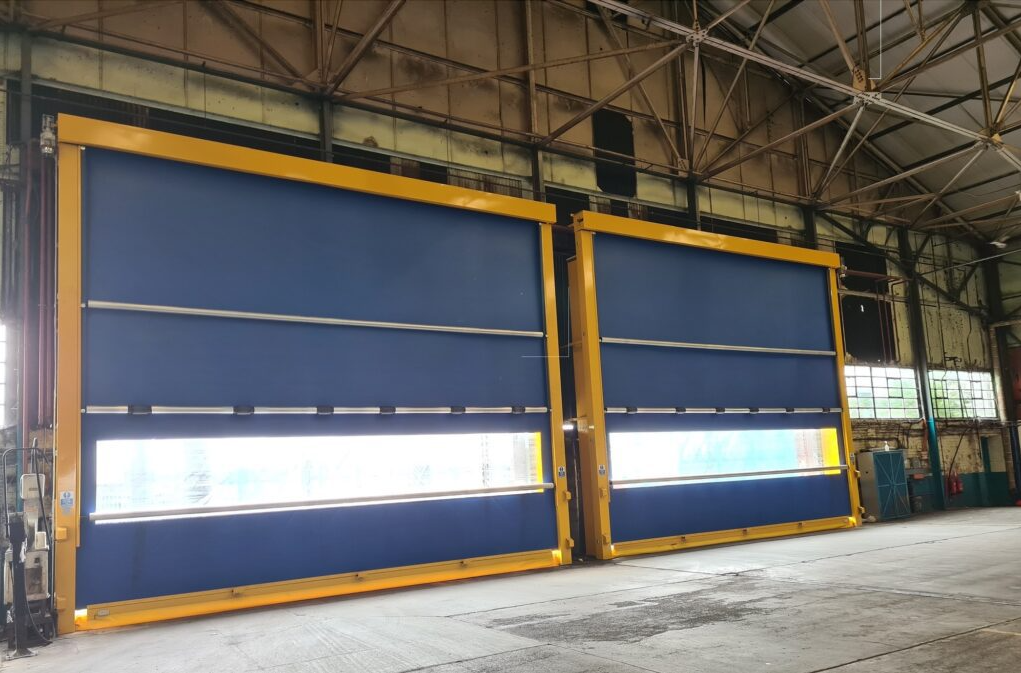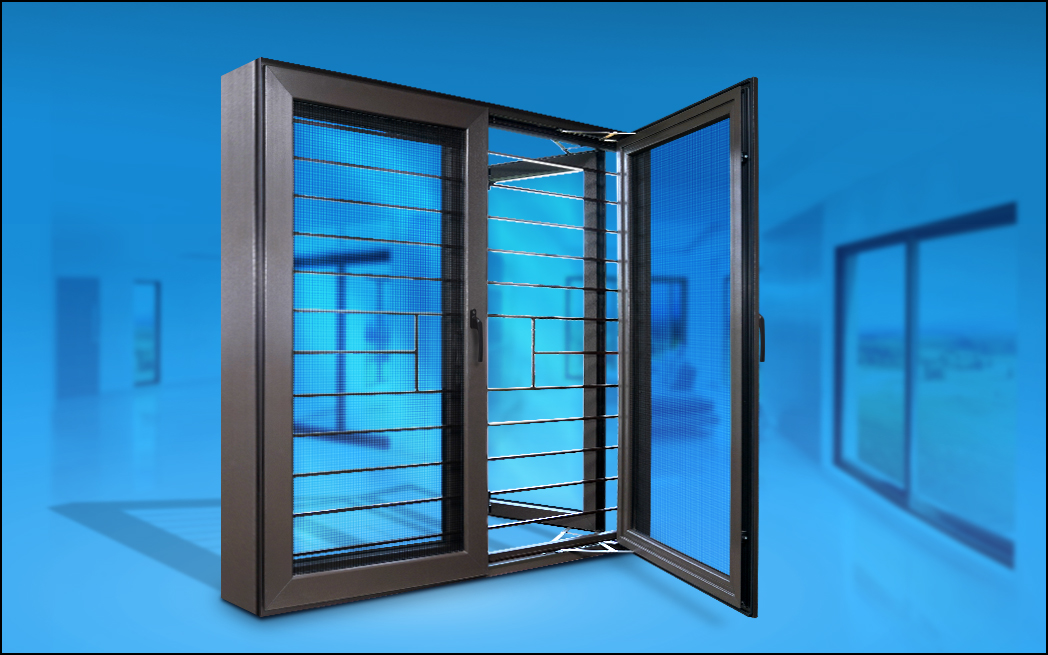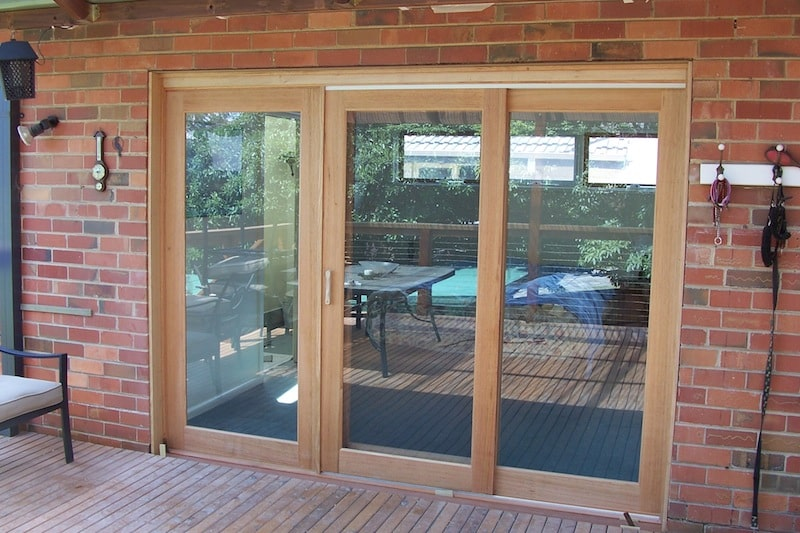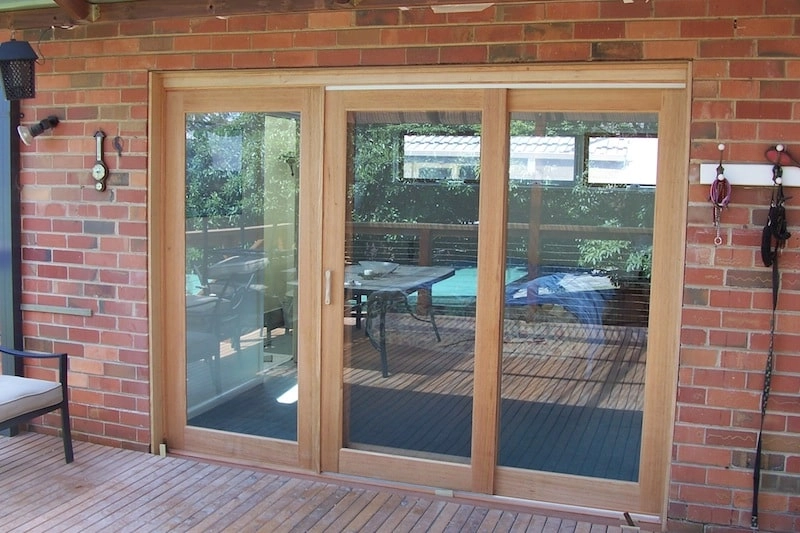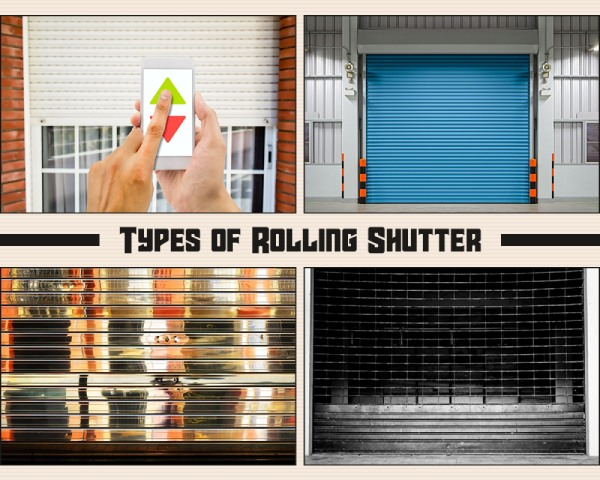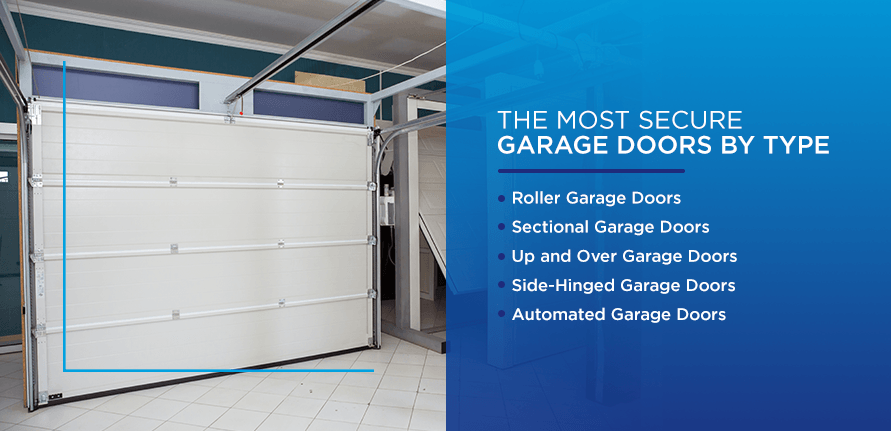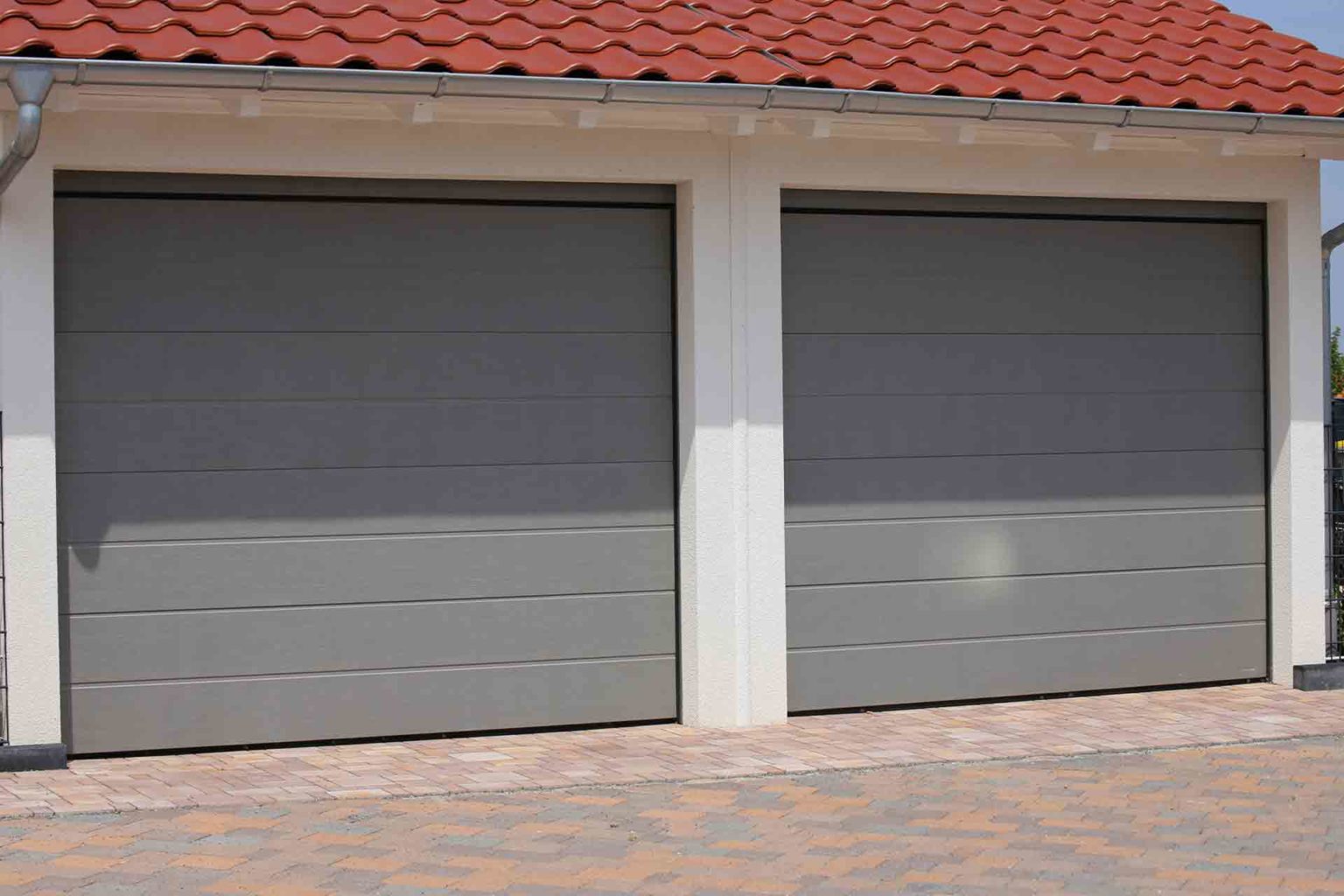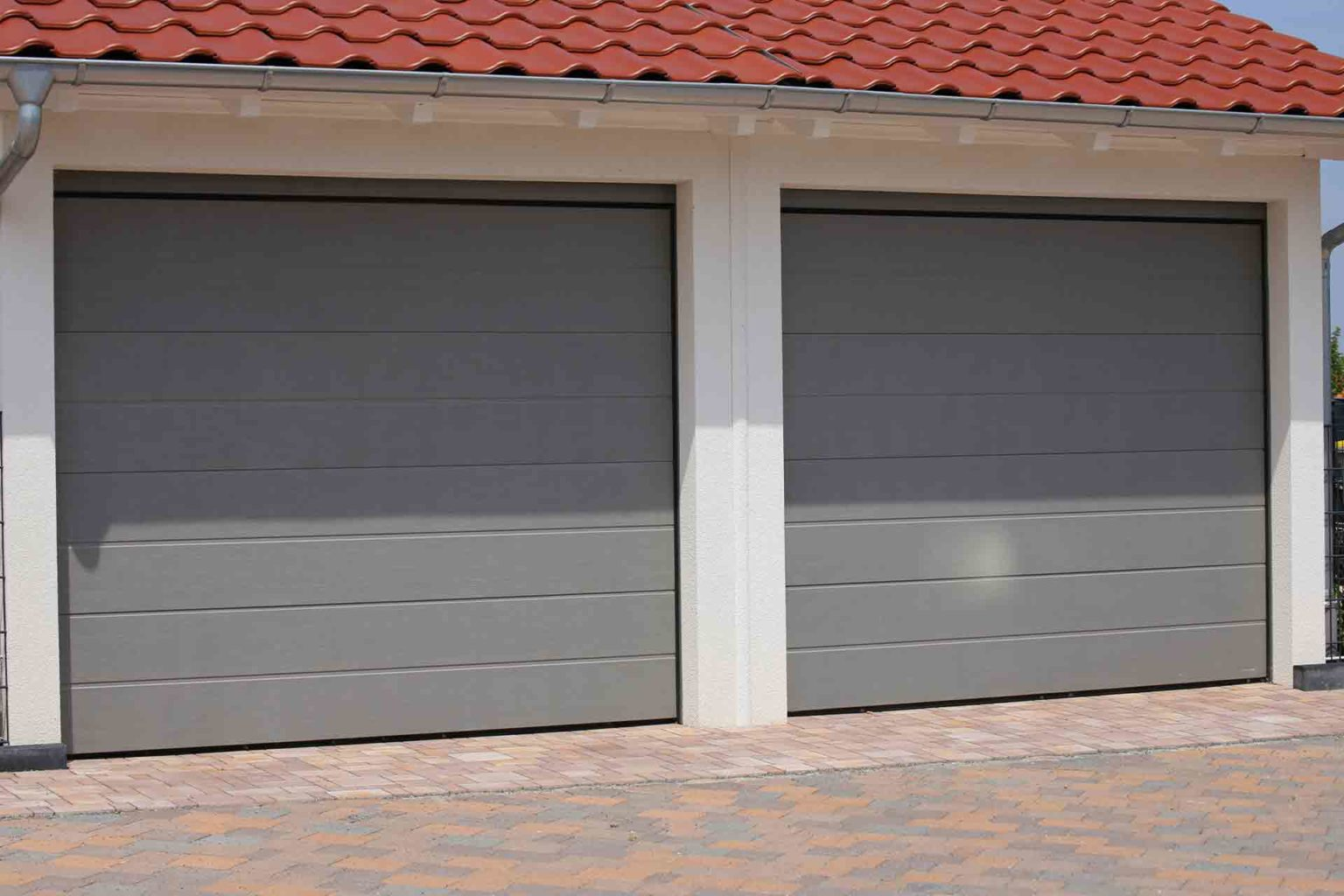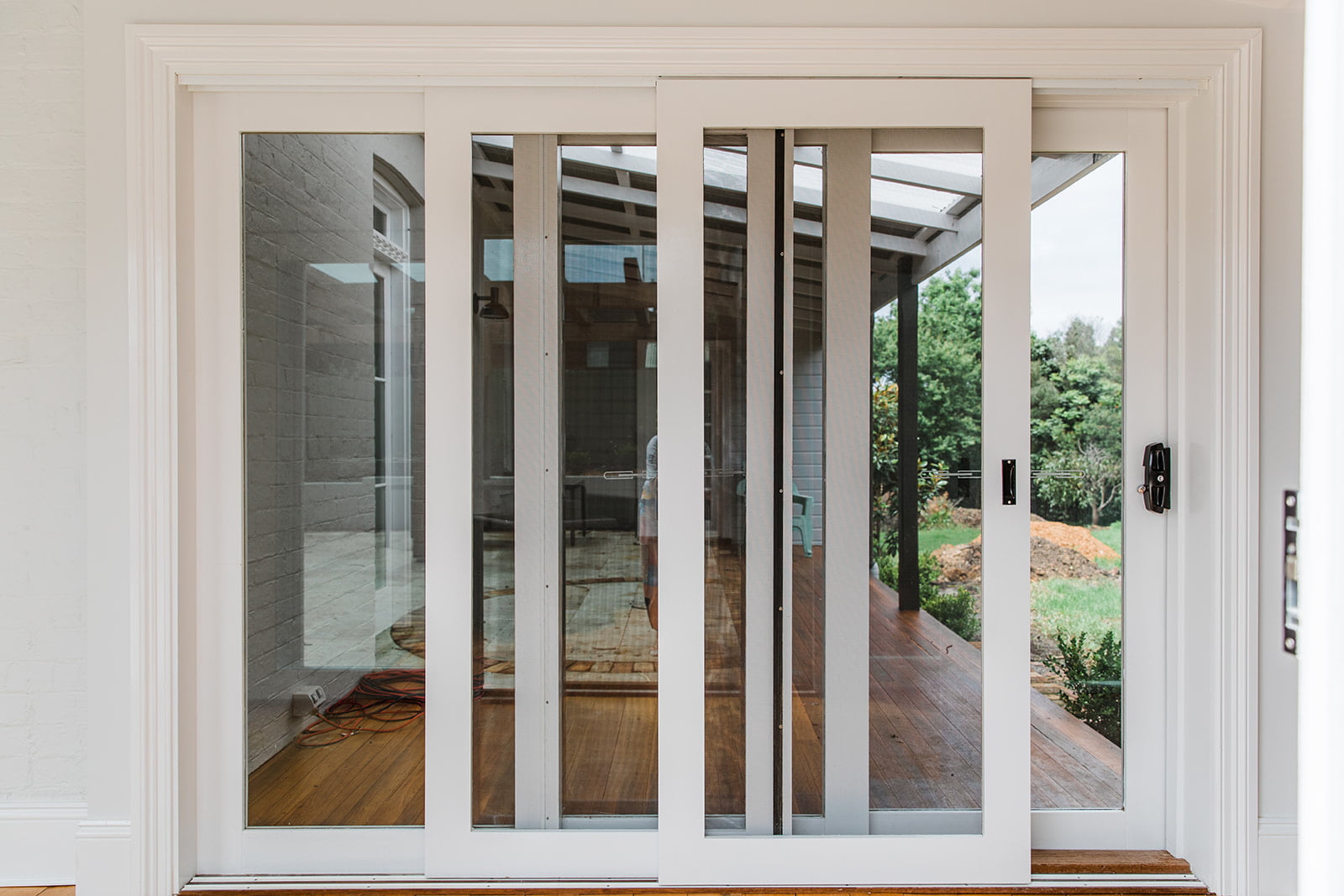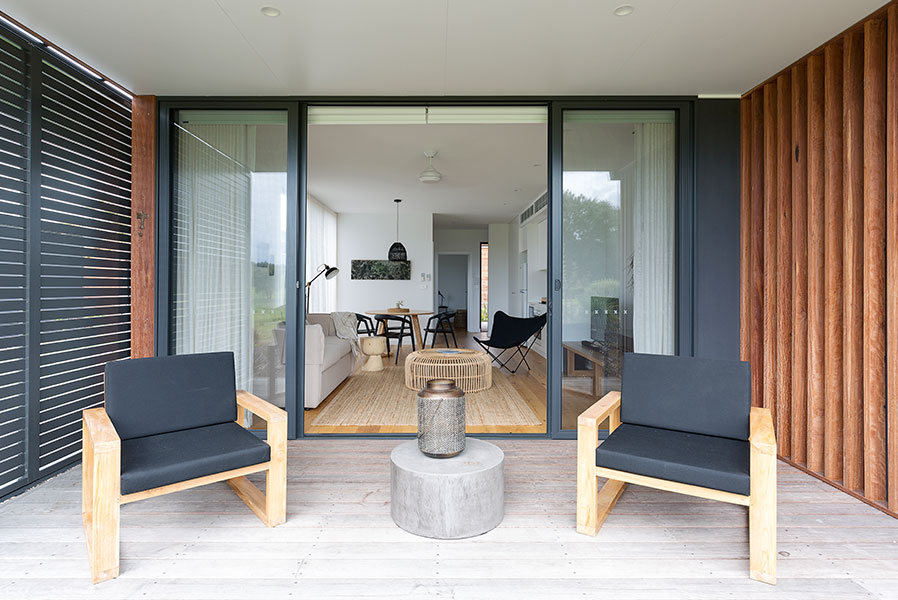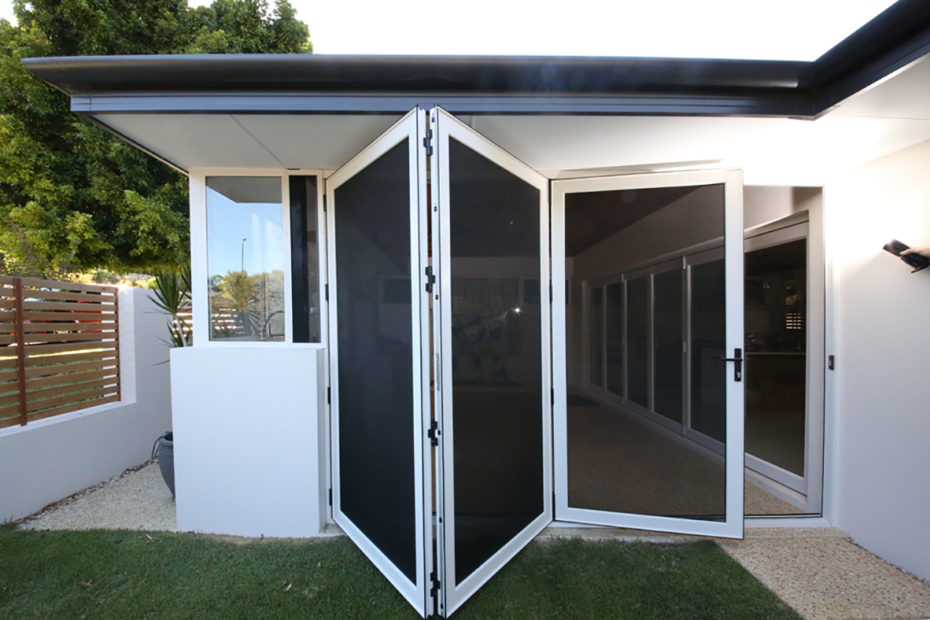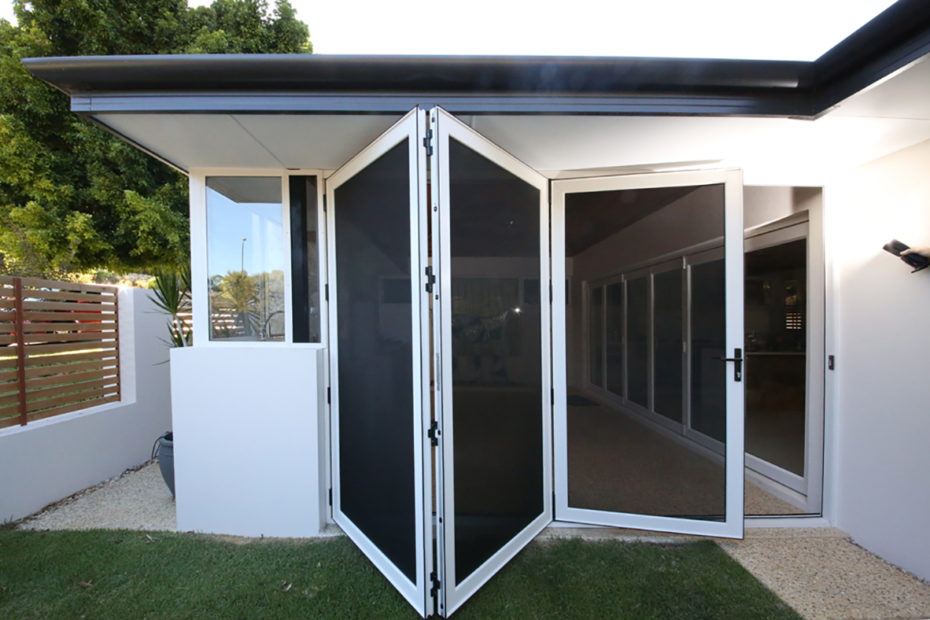How secure are roller doors?
Roller doors, when maintained, offer robust security due to their design and integrated security features.
Components of Roller Doors
Roller doors, often seen in garages and commercial establishments, combine functionality with security. Understanding the components that constitute these doors can provide clarity about their sturdiness and security potential.
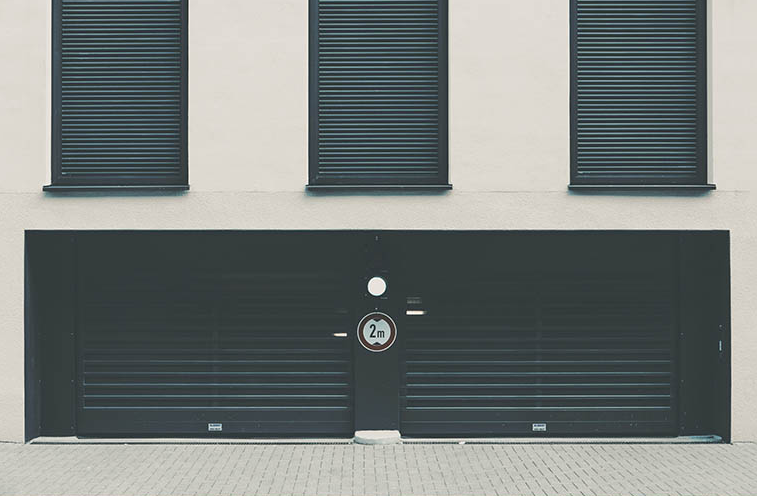
Materials Used in Construction
Roller doors are typically manufactured from a selection of robust materials to ensure durability and resist potential breaches.
- Steel: One of the most common materials, steel offers strength and is resistant to both physical impact and environmental conditions.
- Aluminium: Lighter than steel, aluminium is often chosen for its rust resistance and lightweight characteristics.
- Polycarbonate: For those seeking a balance between visibility and strength, polycarbonate can be an ideal choice. It’s known for its transparent nature while still being impact-resistant.
Locking Mechanisms
The security of roller doors heavily relies on their locking mechanisms. Here are some prevalent types:
- T-bar Lock: A standard locking mechanism, where a T-bar handle is rotated to lock or unlock the door.
- Central Locking System: Often paired with remote controls, this allows for locking and unlocking at the touch of a button.
- Padlock Chain: A more traditional approach, where a padlock is used in combination with a chain to secure the door.
Reinforcements and Additional Security Features
To enhance security, many roller doors come with additional features and reinforcements:
- Reinforced Tracks: These tracks, typically made from durable materials, provide added strength against forced entries.
- Security Sensors: Integrated sensors can detect any unauthorized movements or attempts to open the door, often sending alerts to the owner.
- Anti-lift Devices: These prevent the door from being forcibly lifted from the bottom, a common intrusion technique.
Potential Vulnerabilities
While roller doors offer robust security features, they are not devoid of vulnerabilities. Being aware of these weak points can pave the way for enhanced protective measures.
Manual Override Risks
Every automated roller door has a manual override feature, usually designed for use during power outages. However, intruders can sometimes exploit this mechanism to gain unauthorized access.
- Easily Accessible Release Cord: Most doors have a release cord hanging down, which, if reached, can put the door into manual mode.
- Lack of Protective Cover: Some doors do not adequately shield their manual override systems, making them visible targets for burglars.
- Information Leaks: Many people are unaware of the risks and may inadvertently explain the override function to strangers or post information about it online.
Gaps and Exposed Areas
Physical gaps or exposed parts of a roller door can become entry points for intruders or tools.
- Bottom Seal Weakness: If the bottom seal doesn’t sit flush with the ground, tools or levers can be inserted to lift the door.
- Side Gaps: A poor fit in the door frame can leave spaces on the sides, making it susceptible to prying.
- Top Overhang Exposure: The top portion, especially if not flush with the roller mechanism, can be a leverage point for tools.
Electronic and Remote Control Weaknesses
The convenience of electronic access also brings potential risks, especially if not kept up-to-date with the latest security measures.
- Outdated Remote Systems: Older remote control technologies can be easier to hack or duplicate.
- Lack of Encryption: Modern systems encrypt signals between the remote and the door. Without this, a burglar could intercept and mimic the signal.
- Publicly Accessible Pin Pads: Keypads that aren’t concealed or protected can be vulnerable to hacking or forced entry attempts.
Security Enhancements
The security of roller doors can always be bolstered with advancements in technology and innovative solutions. By actively seeking out and implementing these enhancements, homeowners and businesses can significantly reduce the vulnerabilities of their roller doors.
Upgrading Lock Systems
An effective lock system forms the first line of defense against potential intruders. Here’s how you can elevate the security of your locks:
- Smart Locks: Transitioning to smart locks allows for keyless entry, remote locking/unlocking, and real-time activity monitoring.
- Biometric Access: Incorporate fingerprint or retina scanning for personalized, foolproof access.
- Multiple Locking Points: Instead of a single central lock, consider having multiple locking points along the door to make prying efforts futile.
Installing Security Sensors and Alarms
Sensors and alarms can be game-changers when it comes to bolstering roller door security. Here’s how:
- Motion Sensors: Install sensors that trigger an alarm or alert when they detect unauthorized movement near the door.
- Glass Break Sensors: For roller doors with glass components, these sensors can detect the sound frequency of breaking glass and trigger an alarm.
- Tamper Alarms: If someone tries to meddle with the roller door, tamper alarms sound off, drawing attention to the scene and deterring the intruder.
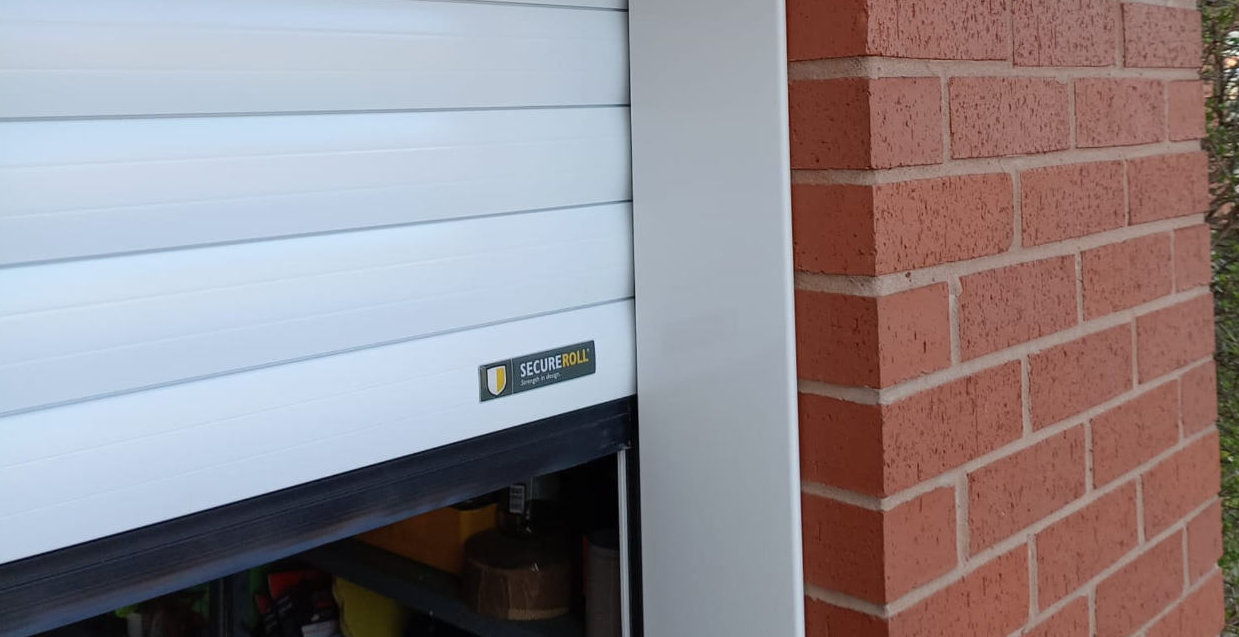
Integration with Home Security Systems
Unifying roller door security with the overall home security ecosystem can offer comprehensive protection.
- CCTV Cameras: Position CCTV cameras to monitor roller door areas, storing footage in real-time and allowing remote monitoring.
- Central Monitoring System: Integrate door security features with a central monitoring system to receive instant notifications on your mobile or computer about any security breaches.
- Automated Responses: Pair the roller door with home automation systems. For instance, any unauthorized access attempt could lead to automatic lights turning on or a siren sounding.
Comparative Analysis
In the vast realm of door types, understanding the distinctions and advantages of each can be enlightening. A comparative analysis between roller doors and traditional doors helps individuals and businesses make informed choices based on their specific needs and security concerns.
Roller Doors vs. Traditional Doors
Each door type comes with its unique set of features, benefits, and potential drawbacks.
- Material Diversity: While traditional doors come primarily in wood or metal, roller doors often employ materials like steel, aluminium, and polycarbonate, ensuring durability and diverse functionality.
- Space Efficiency: Roller doors roll upwards, making them space-efficient, especially in confined areas. Traditional doors require space to swing open, which can limit their application in tight spots.
- Installation Complexity: Roller doors usually need specialized installation due to their mechanism and weight. Traditional doors, especially wooden ones, might offer simpler installation processes.
- Maintenance: Traditional wooden doors can be susceptible to termites, rot, and warping. Roller doors, particularly those made of metal, tend to be more resilient against such issues but may require occasional servicing for their mechanisms.
Benefits of Roller Doors in Security Settings
Roller doors, given their unique construction and features, can provide an array of advantages in security contexts.
- Robustness: The continuous sheet design of roller doors, especially those made of steel or aluminium, offers fewer weak points compared to panel-designed traditional doors.
- Integration with Security Systems: Roller doors easily integrate with modern security systems, including sensors, alarms, and CCTV setups.
- Sealing: Properly installed roller doors provide a tight seal, minimizing gaps and making forced entry more challenging.
- Automation Features: Automated roller doors allow for remote monitoring, locking, and unlocking, ensuring enhanced control over security aspects.
Maintenance and Security
While the inherent design of roller doors offers a good level of security, maintaining them ensures that they function optimally and continuously provide the desired protection. Neglecting maintenance can inadvertently create security vulnerabilities, making regular upkeep crucial.
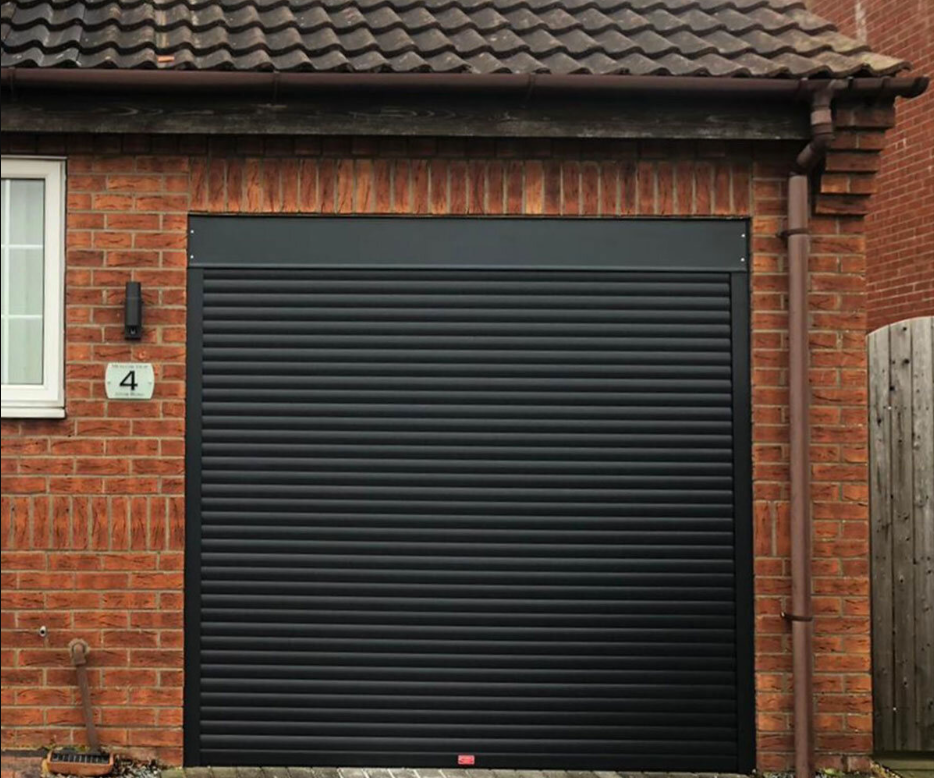
Regular Checks for Potential Vulnerabilities
A proactive approach to security involves routinely checking roller doors for weak points.
- Examine Locks: Regularly test all lock mechanisms, be it manual, electronic, or biometric, to ensure they engage properly and securely.
- Inspect Seals: Periodically check the bottom and side seals for gaps or wear that could provide access points for intruders or pests.
- Sensor and Alarm Tests: Conduct monthly tests on any integrated security sensors or alarms to ensure they respond correctly to breaches or tampering.
Importance of Maintenance for Ongoing Security
Continuous maintenance isn’t just about the door’s functionality; it’s about ensuring its security features remain uncompromised.
- Lubrication: Regularly lubricate moving parts to ensure they don’t jam, which could compromise the door’s locking mechanism.
- Update Software: For doors with electronic features, keep the software updated to protect against hackers or software vulnerabilities.
- Professional Inspection: Engage professionals to periodically inspect the door, especially if there are signs of malfunction. They can identify and address issues before they escalate.
Addressing Wear and Tear
Everyday use and exposure to the elements can lead to wear and tear on roller doors, which if unaddressed, can compromise security.
- Replace Worn Parts: Components like springs, cables, and rollers can wear out over time. Replace them before they break to ensure the door functions securely and smoothly.
- Treat Rust Promptly: Metal parts, especially in coastal areas, can rust. Addressing rust early prevents structural weaknesses and maintains the door’s integrity.
- Repaint and Seal: Over time, the door’s protective coating can chip or fade. Repainting and resealing can rejuvenate its appearance and provide an added layer of protection against potential breaches.

